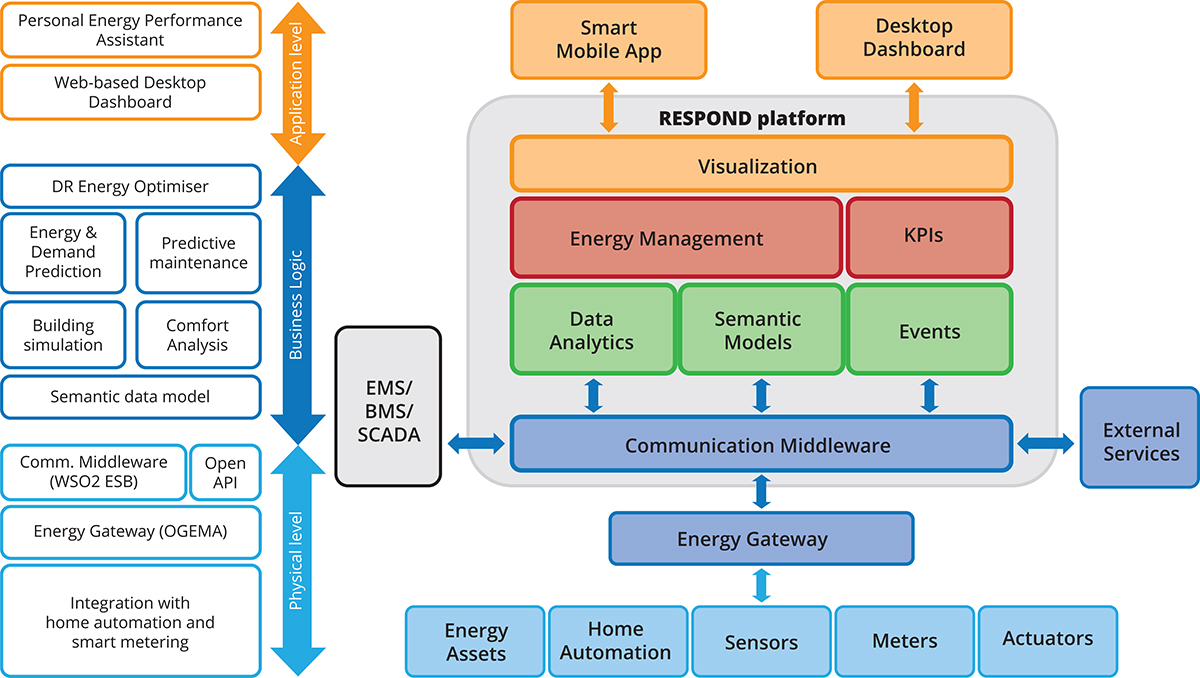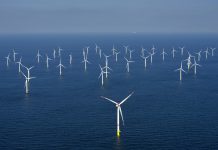Rodrigo López, Energy Management Deputy Director, Feníe Energía, provides a detailed article about Demand Response, highlighting how you can save money on utility bills during periods of reduced energy use
Demand Response (DR) is one of the possible actions included in what is known as Demand Side Management (DSM). DR can be briefly defined as the ability of customers (from domestic to large industries) to vary their energy consumption during certain (usually short) periods of time. These (generally downward) changes in consumption can be both, on consumers initiative as per the utility’s request in the event that clients are under some type of DR programme such as those shown below.
The so-called DR events are usually motivated, in addition to the incentive to save energy at times when it may be more expensive, due to any of the following situations:
a) Punctual demand spike motivated, for example, by a heatwave in which air conditioning consumption soars.
b) Temporary system generation capacity reduction due to, for example, the shutdown of a plant.
Or because c) Problems with the transport system caused, for example, by a failure in power lines caused by a storm or forest fire.
Adoption of DR measures is experiencing a breakthrough in recent years mainly due to the following reasons:
a) Electricity demand increase caused by a greater number of consumers with more and more electrical appliances, despite increasing awareness about energy efficiency. b) Electricity generation costs growth due the rising polluting fossil fuels price such as coal and gas.
c) Rising strict regulations for generation plants that must undertake significant investments to reduce pollution.
d) Increment presence of renewable generation, which, although it is true that it can reduce the generation price, introduces huge volatility both in volume and price in the system since in many cases they are not manageable technologies.
And e) European directives such as the Winter Package that seeks to empower consumers and make them more involved in the energy system.

The rise of the DR is due to the fact that it provides benefits for all stakeholders: Clients, environment and utilities. The latter use DR measures to obtain advantages from a technical and commercial point of view. The energy demanded in an electrical system must be equal at all times to that generated. If the demand is high, it is necessary to turn on more generation plants which produce electricity at a higher price.
Therefore, the utilities can benefit on the one hand by activating mechanisms of load reduction by DR, thus reducing their need to acquire energy for their customers during price peaks and, on the other, in the case of owning generation plants of inflexible technologies, they can request to raise the load avoiding to stop such plants with expensive boot gradients.
Moreover, if a utility has made a mistake when forecasting its customers’ demand and it is forced to acquire this extra energy in auxiliary markets at a higher price, it may request a load reduction by DR compensating customers at a lower price than the possible extra cost incurred in the market. From a commercial point of view, it can also mean a new service to offer its customers to retain them and distinguish themselves from rival companies.
For clients, participate in DR programmes is essentially an economic benefit for the obtained reward from utilities for being available for (and in the cases required, to carry out) the required actions. On the other hand, contributing to security of supply is in its own benefit, for example preventing blackouts. At the same time, they may feel they are taking part in reducing pollution to achieve a greener future. The joint DR programmes customers only need to contact their energy supplier and sign an agreement for this new service.
These actions can be classified as automatic or voluntary depending on whether the intervention of the user is necessary. For automatic execution, it is necessary to install in customer premises both hardware and software to allow remote monitoring and operation. Some examples of DR actions are the temporary variation of the thermostat temperature or to dim lights.
Additionally, there are also “passive” actions such as changing consumption habits, for example shifting certain tasks execution to periods of low price or reduced network overload. There is also the possibility of joining a price responsive programmes such as time-of-use (TOU) or critical peak pricing (CPP) rates.
DR has been widely used in large industrial customers given its high energy consumption, but its possible application needs to be demonstrated in small customers such as dwellings based on the idea that, although an individual small load modification is insignificant for the system, the sum of thousands of them, using the figure of the demand aggregator, could be very useful.
The H2020 768619 RESPOND project (Integrated Demand REsponse Solution towards energy POsitive NeighbourhooDs) contributes to this study analysing the feasibility of DR in dwellings providing a software/hardware solution, able to work with legacy devices, that are being tested in three pilot sites (private apartment buildings in Madrid (Spain), social housing community in Aarhus (Denmark) and detached houses in Aran Islands (Ireland).
The project, that started in October 2017, is intended to last 3 years with an EU funding of over €3million among the eleven partners of five countries (Czech Republic, Denmark, Ireland, Serbia and Spain). RESPOND’s solution consists on a web-based user interface and a mobile app along with analytics services to measure both, trial participants engagement and energy savings.
RESPOND is part of the European Commission’s Research and Innovation Program, known as Horizon 2020, from which it has received its funding by virtue of grant agreement no. 768619.
Co-funded by the Horizon 2020 programme of the European Union.
*Please note: This is a commercial profile











